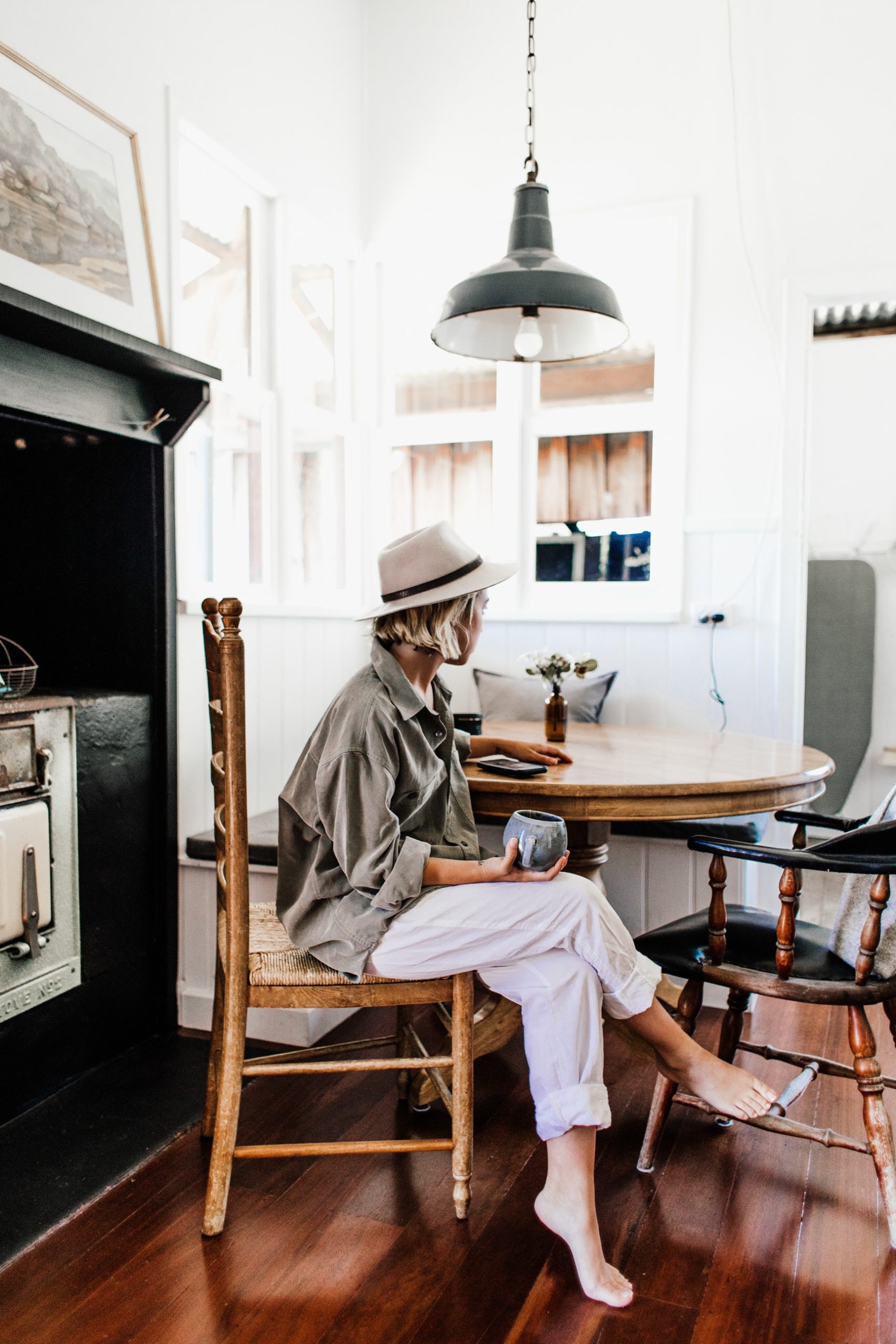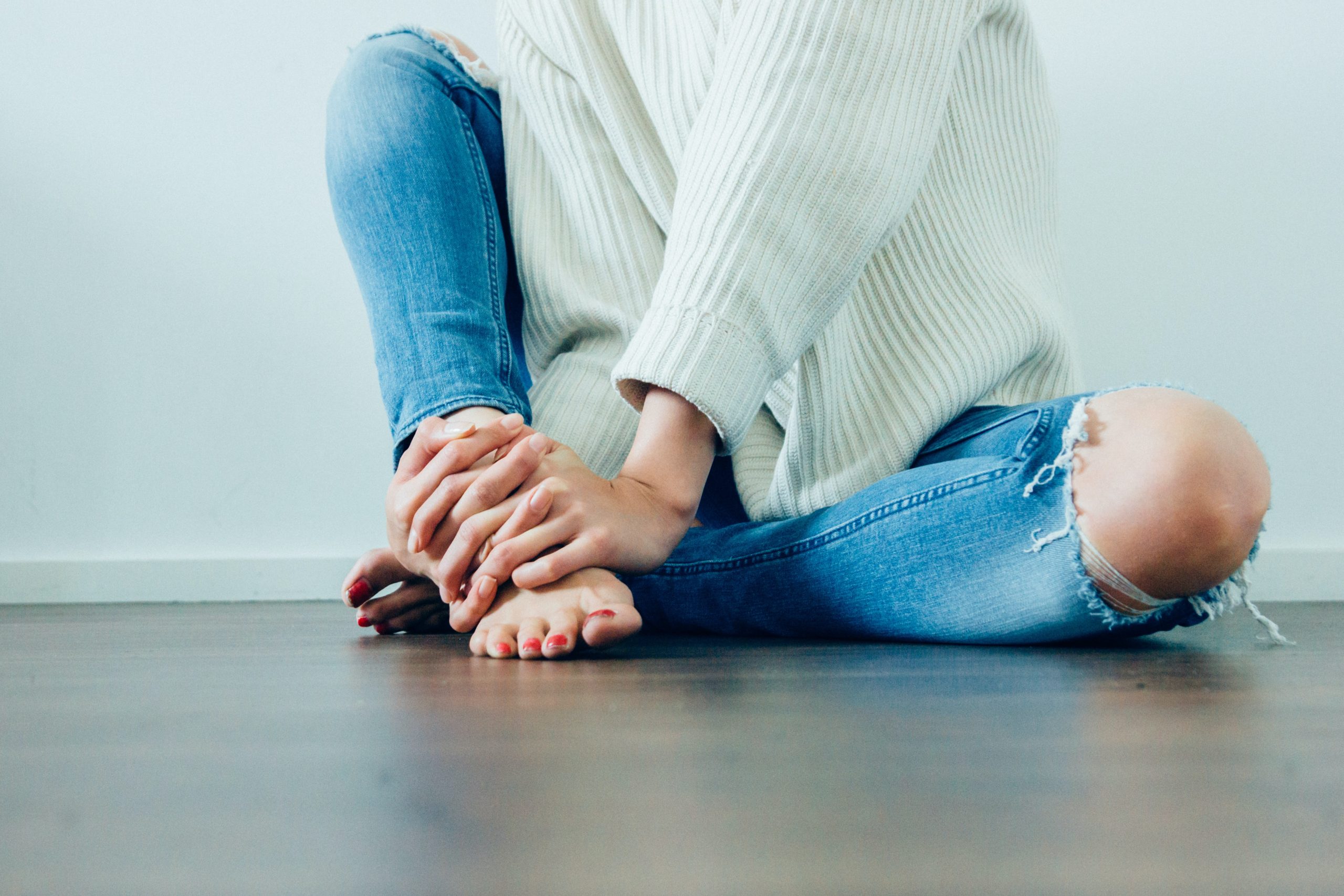The theory of secure attachment, developed in the early 1900s by John Bowlby, has become a foundational assessment of how we interact in our relationships and understand the world around us. Our specific attachment style dates all the way back to our first days out of the womb. Even at such a young age with a brain having minimal development, we were pre-conditioned to look to our attachment figures— i.e. our mothers, fathers, primary caregivers— for support, protection, reciprocal love, and care. As we grew and developed, we started creating a mental record of our personal success rate at obtaining comfort and proximity within our relationships. This started out with our immediate caregivers and eventually extended to our close friends and romantic partners as we aged.
This running tally, if you will, is what delegates our attachment styles. When our caregivers met our basic needs and displayed consistent and loving behaviors, we developed a secure attachment style and have since carried that attachment style into adulthood.
Romantic Partners with Secure Attachment
Securely attached individuals are most easily recognized by their ability to display interest and affection with ease. While they are able to correctly prioritize and engage in their relationships, they are also perfectly independent and able to benefit from the pros of being alone.
With this description alone, it goes without saying that individuals with secure attachment styles make the best romantic partners. Ultimately, they are capable of being loyal and sacrificial if it is mutually beneficial within the relationship, but they also possess the ability to accept rejection and not allow pain to be a hinderance in their day-to-day lives. They are trustworthy themselves and also are able to establish trust easily with people that they are close to. They possess the gauge to assess just who is trustworthy and who isn’t without being hyperaware and overprotective of themselves.
Interpersonally, they are the opposite of needy. They don’t need constant reassurances that their partner is there for them; they are instead able to recognize when their partner is, in fact, loyal and be confident in that. They are perfectly comfortable depending on others, as needed, but also are able to be a stronghold for others to depend on them instead.
Furthermore, individuals who have secure attachment styles are able to enjoy both the physical and emotional connection that comes about as a result of a healthy sexual relationship. They are able to pay attention to both their personal needs and the needs of their partner. In fact, the idea of developing even deeper, more secure connection with their partner is what motivates a securely attached individual to work towards shared sexual satisfaction.
How Attachment Styles Evolve Through Adulthood
Despite the attractiveness of secure features in a romantic partner, not all adults are paired with secure partners. The research suggests that we actually end up with partners who merely confirm our own existing beliefs about attachment relationships. For example, if you have always believed that someone needing you 24/7 is a sign of love, you might choose a partner who holds an anxious attachment style and is constantly desperate for your validation.
In fact, Bowlby suggested that attachment styles can further evolve based on how we are treated by our significant others across our lifespan. Our various past romantic relationships shape our expectations and beliefs about relationships to come, which can also impact the type of people we are attracted to. As a result, we might find ourselves seeking out toxic relationships that model our childhood attachment development or struggling to find love because we don’t give it a chance anymore.
If you find yourself struggling in your relationship, it is perhaps a sign of conflicting attachment styles. Remember: This isn’t your fault; this is as engrained in you as your DNA because of its development on your young and impressionable mind. Unlike DNA, though, attachment injury is able to be repaired in order to help you feel confident and trusting. Reach out today for a session, and we’ll work to get back what is rightfully yours— Your ability to love and be loved without fear and inhibition.






